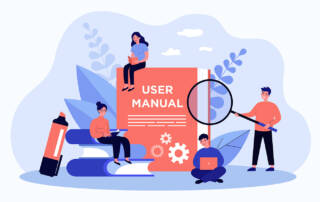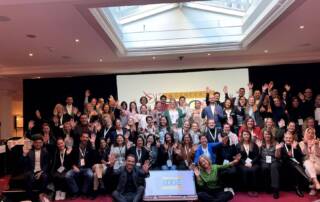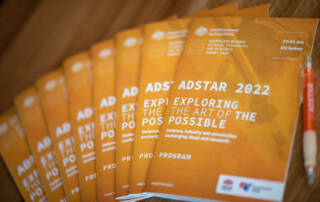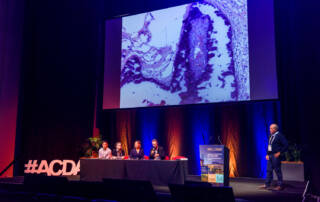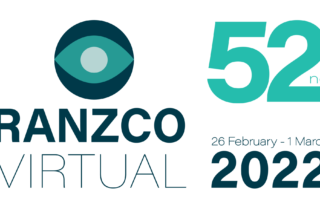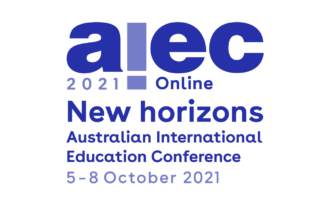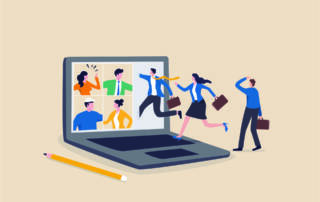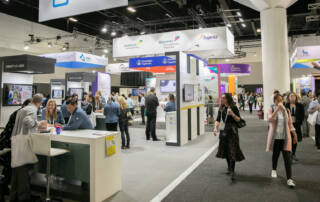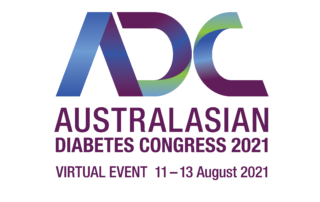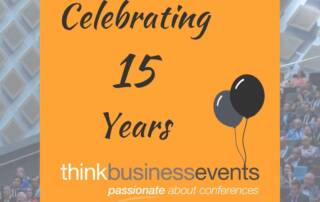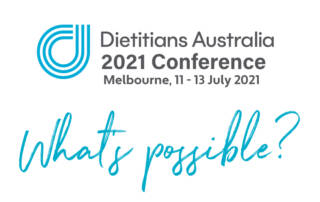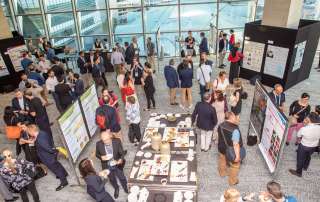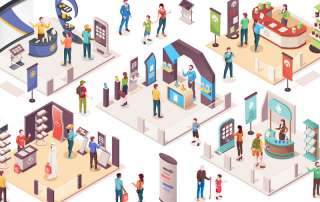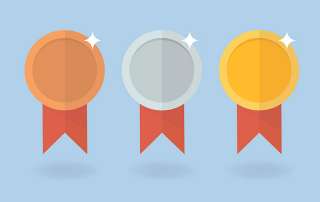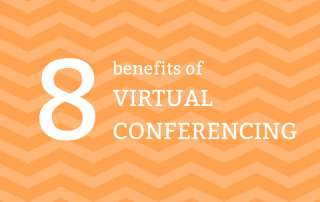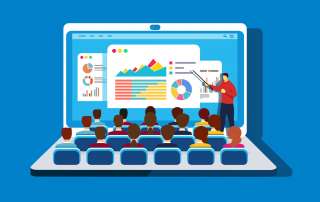The Conference Marketing Lifecycle
You can plan the perfect conference, with the most amazing speakers, the best venue and the most engaging programme, but without a detailed marketing plan to get the word out and create some buzz, it could all fall flat.
If you split the plan into stages, like the ones below, you’ll be well on the way to a super successful event marketing strategy.
Stage 1 – The Big Announcement
The first phase of marketing your conference is about three things: creating anticipation, gathering information, and where you broadcast an announcement to generate some buzz around your event. You want to get people talking so pay attention to your social media accounts, your blog audience and your email list during this time. Your aim should be to get your message in front of as many potential attendees as possible.
Because you won’t be selling tickets at this point, it’s the perfect time to build anticipation for their release. Now is the time to get people excited about where the conference will take place and what’s on offer once they arrive. It’s also a good time to hint at any well-known speakers who will be presenting at the event and get people excited to attend.
Best tools for stage one:
- Conference website – you should launch this as early as possible with basic information such as date, location, venue and ticketing details, as well as an option to subscribe to receive the latest conference updates.
- Blog – share the mission of the conference to engage people and start creating interest and a sense of community.
- Social media channels – promote the conference website and blog content and include links back to the source. Share images from last year’s event and get people excited to be part of something.
- Branded hashtag – remember to tag your content with the hashtag and encourage others to contribute to the conversation. Think highlights from previous years, testimonials and announcements.

Photo by Priscilla Du Preez on Unsplash
Stage 2 – Limited Release
Now it’s all about building on the momentum created during the big announcement and bringing in an early flurry of sales.
Your email list is your best friend during this stage. Offer early-release tickets to anyone who attended last year plus everyone who’s subscribed from the conference website first, and remember to hold off your social media announcement until the next day.
Talk about the early-release tickets on social media and link to the website sign-up page to create interest and boost subscriber numbers. People love to get ahead of the queue, so offer them that opportunity.
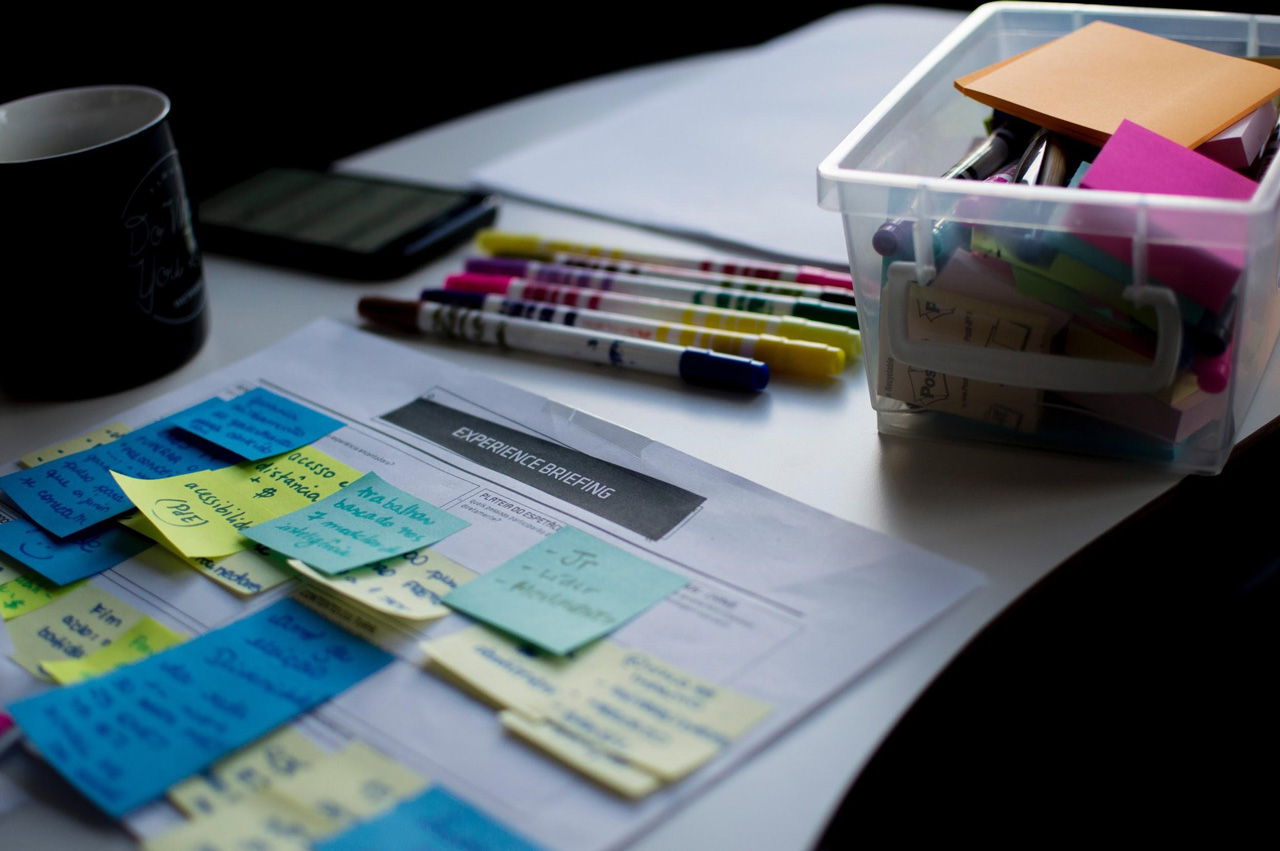
Photo by Felipe Furtado on Unsplash
Stage 3 – General Release
Also known as the maintenance phase, stage 3 is usually the longest part of the marketing cycle, so the focus is on maintaining top-of-mind presence and continuing to build interest in the conference.
The essential areas to focus on now are:
- Your email list – segmentation is critical. You don’t want to be telling people who’ve already purchased tickets that the price goes up at midnight. It’s is the perfect time to share event videos from last year, a behind-the-scenes look at what’s going on this year or interesting tidbits about the location, speakers, activities etc.
- A great content strategy – Include interactive options like polls, contests and giveaways to encourage registrations and add subscribers to your email list. Also, think about during and after the conference – what kinds of content will you need to create or capture?
- Ticket incentives – offer extras attendees can’t get any other way to boost ticket sales now. Think of what potential delegates would find useful or desirable, like a signed copy of the keynote speakers soon-to-be-released book etc.
Stage 4 – Event Execution
You would think once the conference is in full swing, you could sit back, relax and enjoy the show, at least as far as your marketing goes, right? Not so. This is the time to focus on capturing amazing content for all your current and future marketing efforts. It’s all about building on that great content strategy you came up with in stage three.
What to focus on in stage 4:
- Capture video and images that show the personality of the conference. Share them while this year’s event is in full swing, so you create a little FOMO for anyone who didn’t attend.
- Focus on sharing content using the conference hashtag and incentivise delegates to create and share their content during the event. Run several contests while everyone’s enjoying themselves and happy to share what they’re doing. Use questions to prompt the kind of content you want to use, e.g. “In 1 min or less, tell us what you learned here that you’re going to implement?”
- Think ahead to next year and plan what types of content you want to use to promote that event. Make sure you’re capturing what you need now so you can start seeding the desire to attend next year’s event as soon as this one’s over.
Stage 5 – The After Party
Now that this year’s conference is a wrap, it’s the perfect time to take stock of what worked and what didn’t, in terms of event marketing. Based on what you find, you can adjust the plans for next year, rinse and repeat.
What to focus on in stage 5:
- Post-event survey – make sure to include some questions about how people responded to different aspects of the marketing, e.g. ‘Did you enter any of the photo or video contests that we ran during the conference?”. Gather data on which marketing activities people connected with or responded to best.
- Blog – create a post-event wrap-up to share all the highlights and include the contest-winning video or photo entries.
- Social Media – repurpose that blog post into several shorter social media posts that remind people what a good time they had and show people who didn’t attend what a good time they missed.
- Email – Repurpose your post-event wrap-up blog into an email or even a short series that does the same thing as the social posts, i.e. remind people what a great time they had and create FOMO for non-attendees.
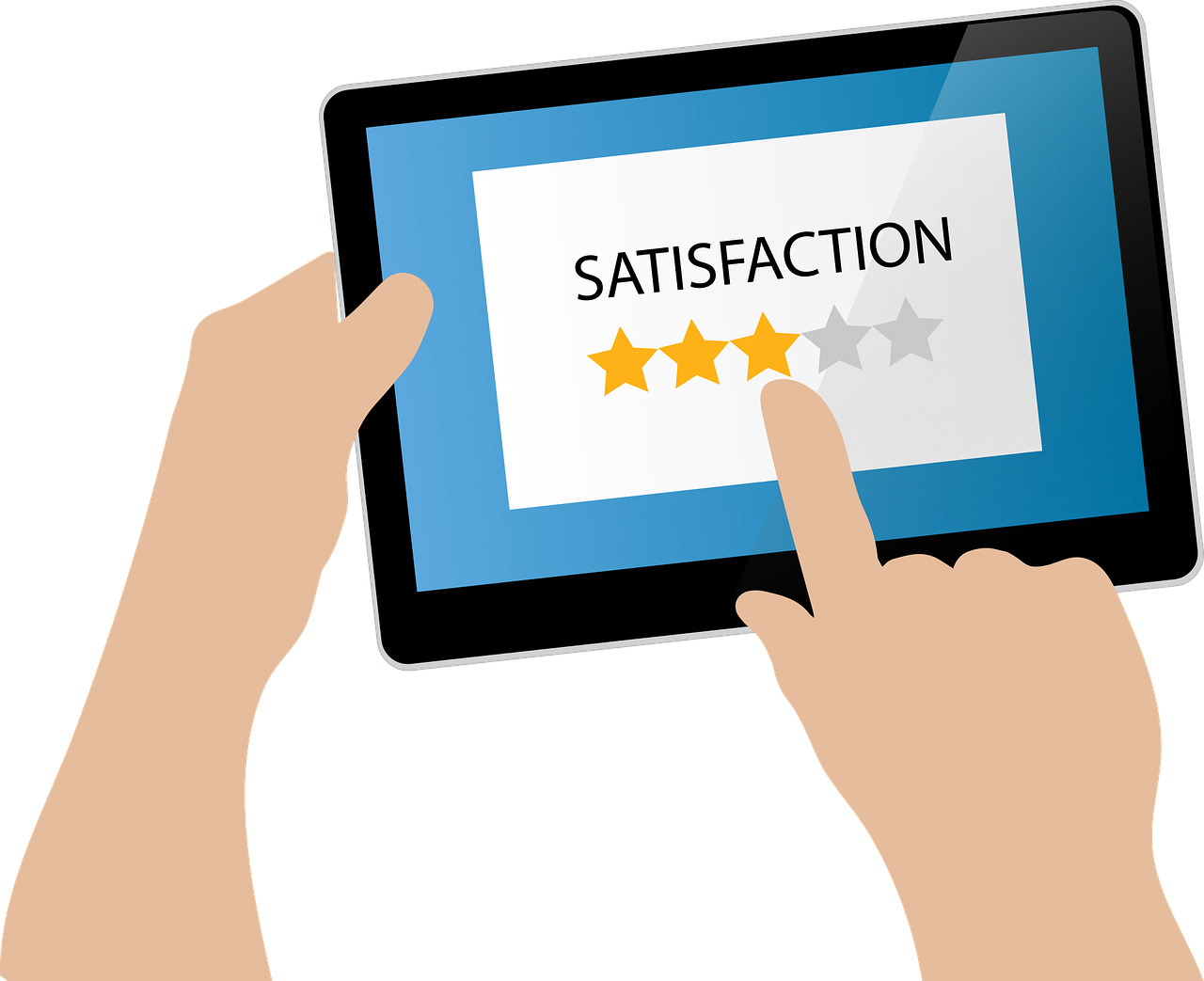
Image by mcmurryjulie from Pixabay
Read More of Our Event Thoughts
- Think Business Events Partners with Hidden Disabilities Sunflower to Enhance Accessibility at EventsKim Stevenson2024-11-25T15:30:49+11:00
Think Business Events Partners with Hidden Disabilities Sunflower to Enhance Accessibility at Events
- How To Prepare When Attending Your First ConferenceKim Stevenson2023-03-20T16:07:18+11:00
How To Prepare When Attending Your First Conference
- Kim’s trip to Geneva and the IAPCO EDGE SeminarKim Stevenson2023-01-27T15:19:43+11:00
Kim’s trip to Geneva and the IAPCO EDGE Seminar
- We asked some of our team ‘What’s in your conference kit?’Kim Stevenson2022-11-21T14:46:55+11:00
We asked some of our team ‘What’s in your conference kit?’
- 6 important things to remember when organising an international conferenceKim Stevenson2022-09-30T16:51:56+10:00
6 important things to remember when organising an international conference
- Case Study: The Australian Defence Science, Technology & Research SummitKim Stevenson2022-10-10T10:47:15+11:00
Case Study: The Australian Defence Science, Technology & Research Summit
- Case Study: The Australasian College of DermatologistsKim Stevenson2022-06-09T11:55:32+10:00
Case Study: The Australasian College of Dermatologists
- Case Study: Royal Australian and New Zealand College of OphthalmologistsKim Stevenson2022-04-07T17:11:31+10:00
Case Study: Royal Australian and New Zealand College of Ophthalmologists
- Case Study: Australian International Education Conference 2021Kim Stevenson2022-02-03T13:17:15+11:00
Case Study: Australian International Education Conference 2021
- 18 months of virtual and hybrid conferencing – these are our top 5 takeawaysKim Stevenson2022-09-27T12:46:37+10:00
18 months of virtual and hybrid conferencing – these are our top 5 takeaways
- Returning to face-to-face events 2.0admin2022-09-27T12:45:07+10:00
Returning to face-to-face events 2.0
- Case Study: Australasian Diabetes Congress 2021Kim Stevenson2022-09-27T12:44:30+10:00
Case Study: Australasian Diabetes Congress 2021
- Celebrating 15 years of Think Business Eventsadmin2021-09-22T14:50:01+10:00
Celebrating 15 years of Think Business Events
- Case Study: Dietitians Australia 2021Kim Stevenson2022-09-27T12:43:44+10:00
Case Study: Dietitians Australia 2021
- Exploring the new world of hybrid eventsKim Stevenson2022-09-27T12:42:53+10:00
Exploring the new world of hybrid events
- Returning to face-to-face eventsKim Stevenson2020-09-02T11:55:48+10:00
Returning to face-to-face events
- Our favourite virtual sponsorship opportunitiesadmin2022-09-27T12:35:50+10:00
Our favourite virtual sponsorship opportunities
- What’s the difference between a webinar and a virtual conference?admin2022-09-27T12:33:27+10:00
What’s the difference between a webinar and a virtual conference?
- Five Stages of the Conference Marketing Cycleadmin2022-09-27T12:27:59+10:00
Five Stages of the Conference Marketing Cycle
- Working from home: Staying productive and connectedadmin2020-04-06T17:26:27+10:00
Working from home: Staying productive and connected



